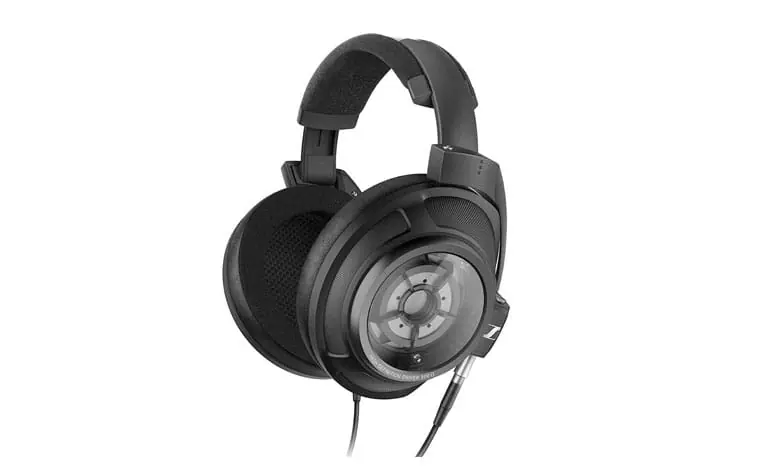Sennheiser HD 820 Headphones Review
Initial Impression
As an audio enthusiast, investing in the Sennheiser HD 820 Headphones was an experience. I have owned several high-end headphones, but the HD 820 truly stands out in its design and sound quality. I waited for three years to save up for these headphones, eager to see if they lived up to the hype. And truth be told, I was not at all disappointed.
Unboxing and First Use
I must, however, warn potential buyers about ordering these headphones through Amazon. I ended up receiving two separate pairs that were in poor condition. The first set was broken, and the second arrived in a box that looked like it had been used as a rugby ball. Despite its convenience, this unpleasant experience suggests that Amazon might not be the ideal platform for purchasing these premium headphones.
Design and Comfort
The first thing I noticed about the Sennheiser HD 820 was the exquisite design. They looked fabulous and were incredibly light, indicating their superior build quality. However, my initial concern was the comfort. I have a giant head and found that my ear lobes initially touched the pads on the lower side. However, these headphones have proven to be ‘grow-on-you’ types. After a while, I found them fitting like a charm, providing extreme comfort during prolonged usage. They did not create discomfort or hotspots around my ears or head.
Sound Quality
As for the sound performance, these headphones render an incredible audio experience. The distinct and clear audio output owes to their excellent separation of instruments. The midtones and vocals give a rich, full-bodied production with a sharp, thumping bass and treble high notes. However, they lack fidelity on the high end compared to other headphones in this price range.
I use an Equalizer APO with an ‘iFi bassBoost’ to fine-tune with the EQ, delivering spectacular results. The Sennheiser HD 820 performs equally well across various music genres. Its closed-back design offers immersive gaming experiences, where I can precisely separate multiple footsteps in the environment.
A Comparison with Sennheiser HD 800
One unavoidable comparison that often pops up is with the Sennheiser HD 800 headphones. I had the opportunity to experience both, and overall, I feel that the HD 800 performs slightly better than the HD 820. Despite this, the HD 820 certainly has its merits. If you are looking for headphones to use in a noisy environment or for better sound isolation, then the HD 820 trumps the HD 800.

Price vs. Value
The price of the Sennheiser HD 820 is a significant factor to consider. I feel that it is somewhat overpriced. While exceptional, the sound quality does not justify the colossal price tag, mainly when other models like the HD 800s deliver similar, if not better, quality at a lower price.
Durability
On the downside, despite its high price and quality performance, the HD 820 lacks longevity. While it’s disheartening, these headphones seem to fail after about two years. The cables may come apart first, and after replacing the cables, the headphones themselves may begin to give in with crackling sounds or loss of audio in one ear. The high costs involved in cable replacement and the general durability issues certainly raise concerns.
Pros
- Light and comfortable for extended use
- Impressive soundstage and clarity
- It provides sound isolation for an immersive audio experience
- Strong and thumping bass tones
Cons
- It may start to fail after about two years
- High cost for cable replacement
- A high purchase price may not deliver equivalent value
- Comparatively lesser fidelity on high-end
Final Verdict
In summary, the Sennheiser HD 820 offers an excellent combination of supreme comfort and impressive sound quality. They are engineered for superior performance and deliver a fantastic sound experience. However, the hefty price tag and longevity issues make it less appealing for some. These may be a great choice if you are not budget-constrained and seek exceptional sound experience and comfort. Just bear in mind their potential durability issues and the high costs of fixing them.



